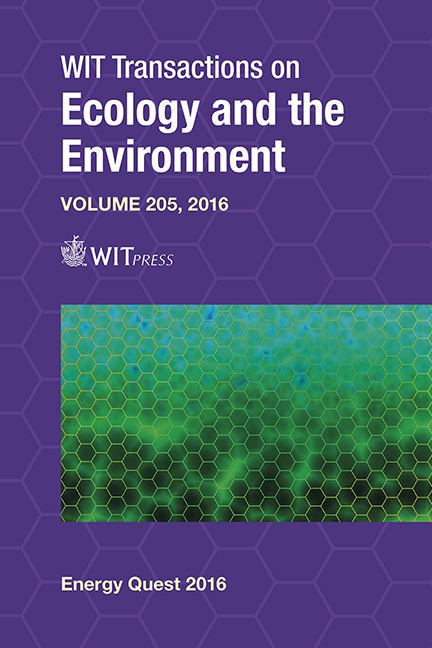Modelling Stirling Engines By Means Of An Electrical Analogy
Price
Free (open access)
Transaction
Volume
205
Pages
12
Page Range
59 - 70
Published
2016
Size
392 kb
Paper DOI
10.2495/EQ160061
Copyright
WIT Press
Author(s)
F. Cascella, M. Sorin, F. Formosa, A. Teyssedou
Abstract
The increase of energy efficiency in pyro-metallurgical plants has been extensively analysed in the last decades. Since the energy demand for these plants is rising, one way to improve the energy-efficiency is to recover any eventual thermal wastes. This task is challenging because the waste heat has a low thermodynamic potential (its temperature does not exceed 12°C). Hence, the energy conversion of these wastes becomes difficult, because few technologies can work under low temperature differentials. One of them is the Stirling engine, which is gaining importance in the scientific community. This interest is further justified by the following reasons: the Stirling ideal cycle is inherently efficient (it reaches the Carnot efficiency limit); the working fluids are not hazardous for pyro-metallurgical plants and the technology is reliable at relatively low cost. For these reasons, the need of a trustworthy model to predict the engine behaviour is of primary importance. A part of such a model is presented in this work. It describes thermodynamic and part of the dynamic effects occurring in the expansion and compression chambers, the heater, the cooler and the regenerator of a Stirling machine. A model based on an electrical analogy between the pressure/voltage and flow-rate/current is developed. A preliminary validation of the approach is discussed by comparing the predictions of the model with the data collected for the RE1000 free piston Stirling engine.
Keywords
free piston Stirling engines, conservation equations, electrical analogy, equivalent network





